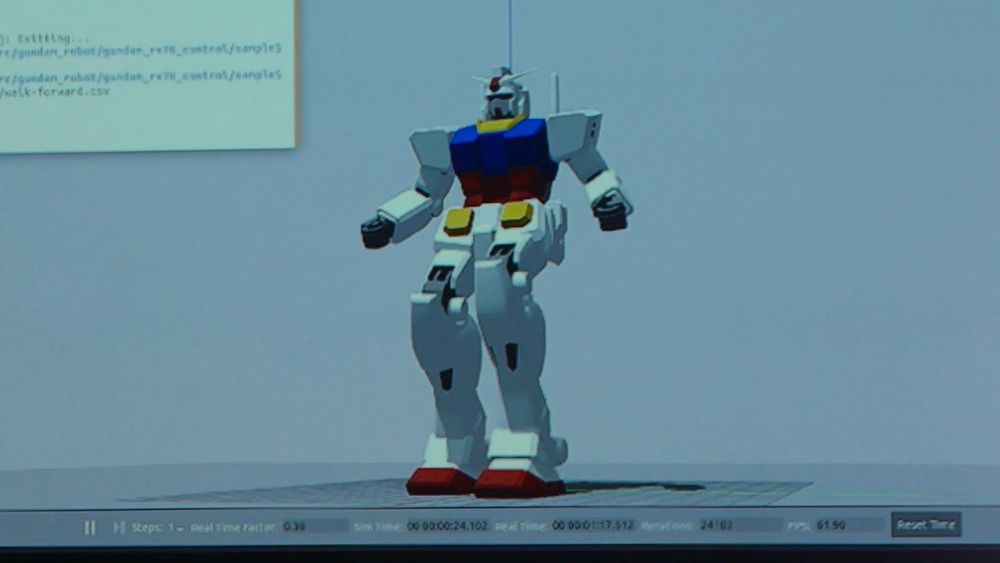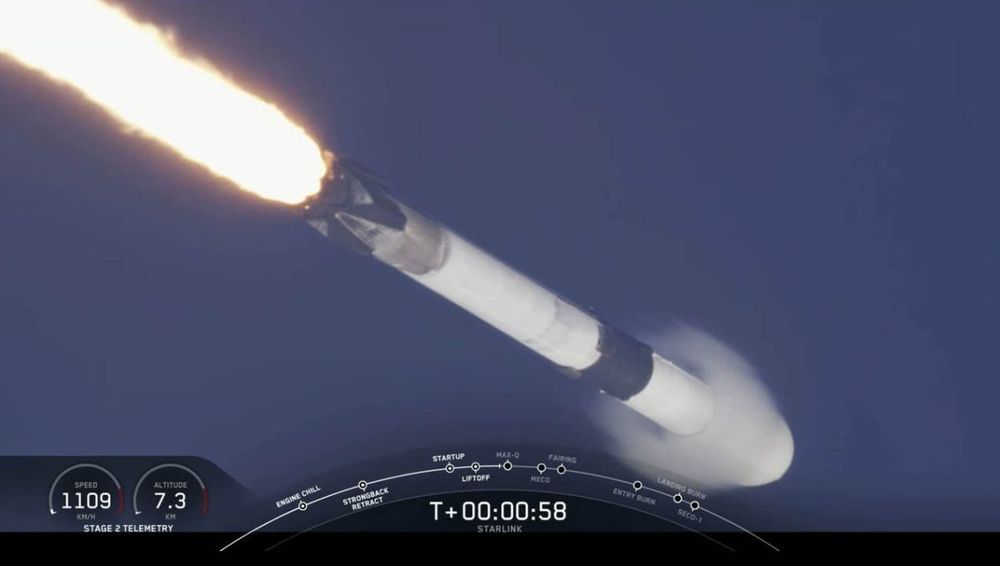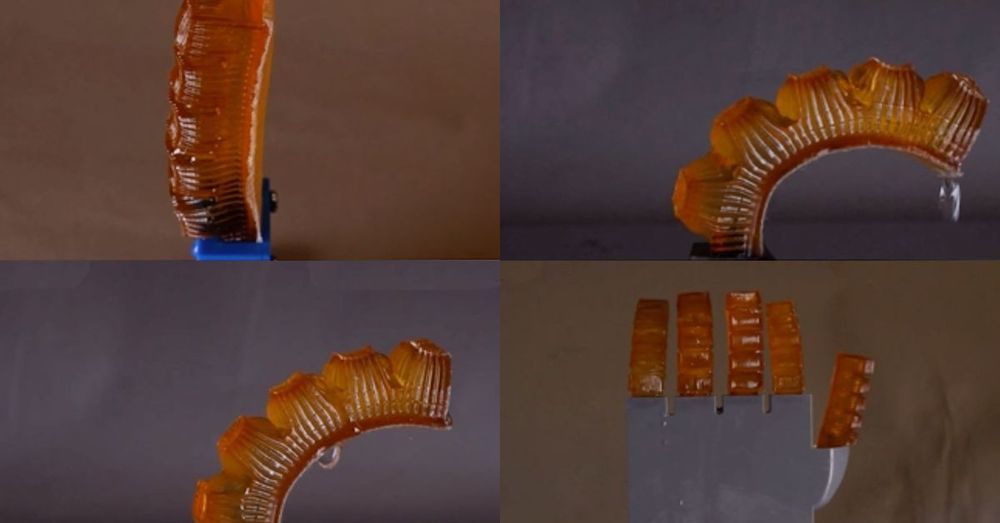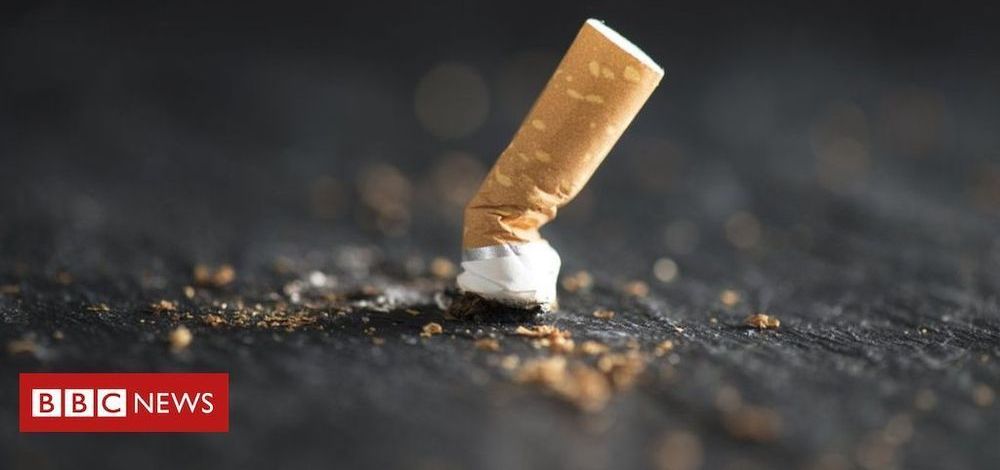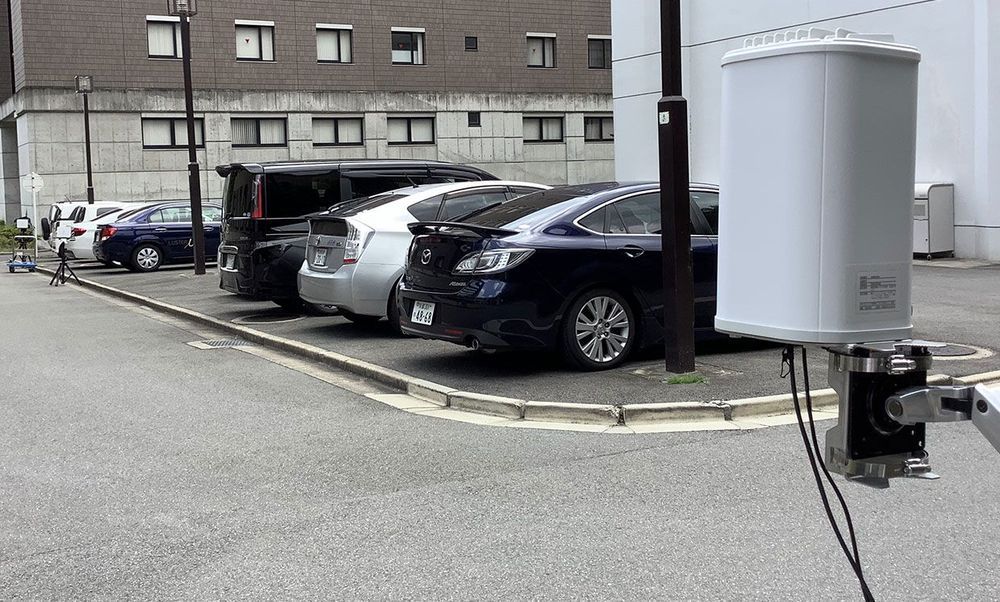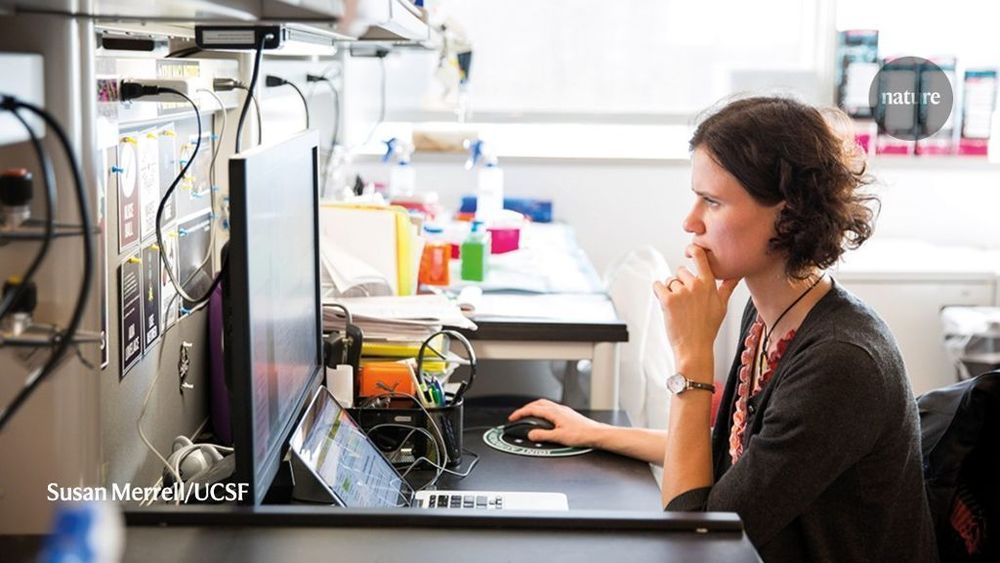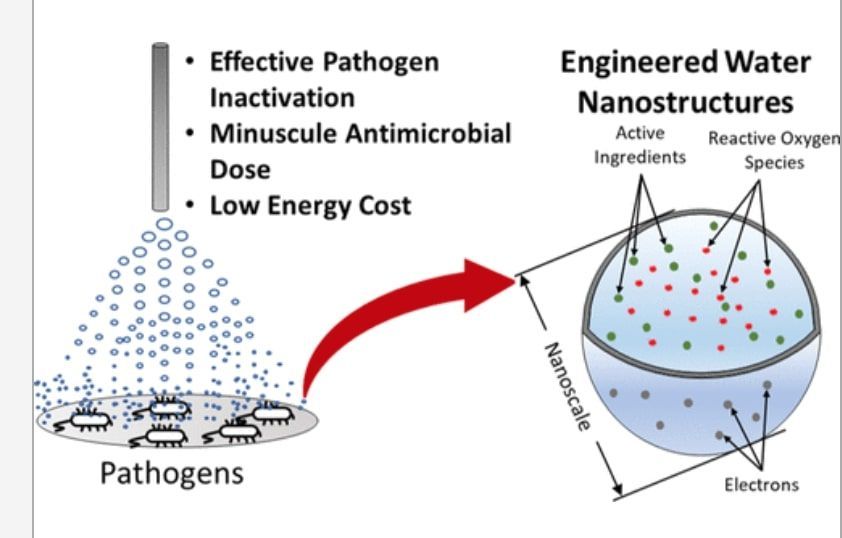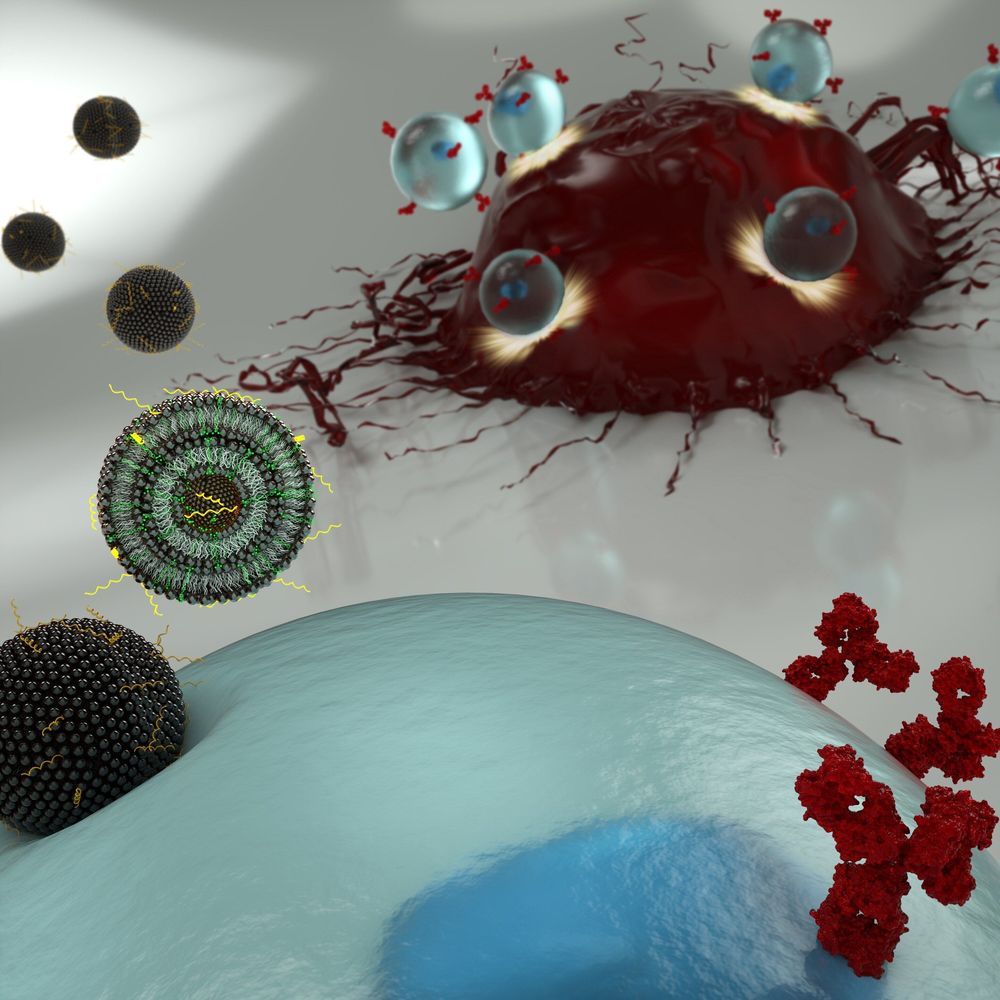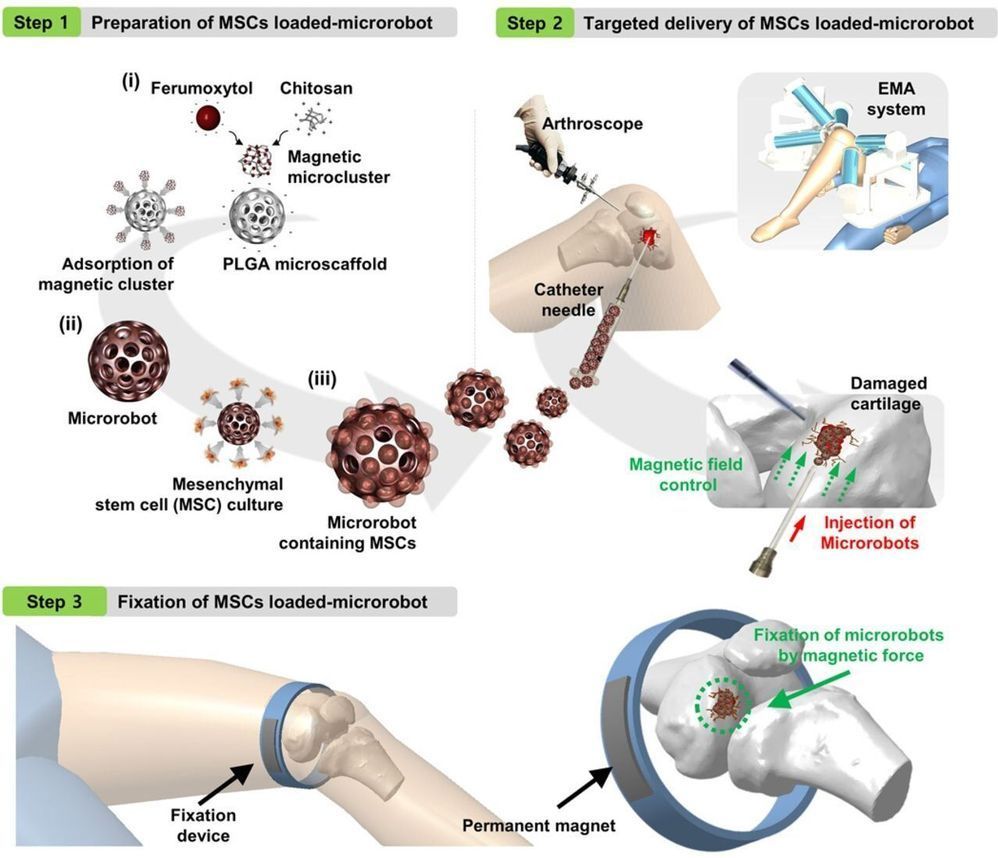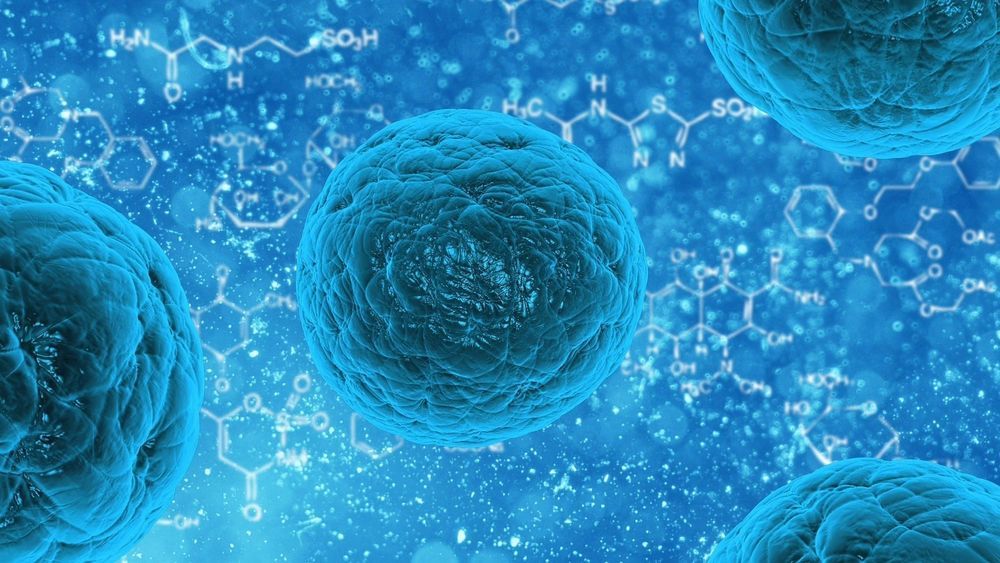Jan 29, 2020
Japan Is Building a Giant Gundam Robot That Can Walk
Posted by Omuterema Akhahenda in categories: entertainment, robotics/AI
Japan is constructing an 18-meter-tall, 25-ton Gundam robot powered by a combination of electric and hydraulic actuators.
Japan has had a robust robot culture for decades, thanks (at least in part) to the success of the Gundam series, which are bipedal humanoid robots controlled by a human who rides inside of them. I would tell you how many different TV series and video games and manga there are about Gundam, but I’m certain I can’t count that high—there’s like seriously a lot of Gundam stuff out there. One of the most visible bits of Gundam stuff is a real life full-scale Gundam statue in Tokyo, but who really wants a statue, right? C’mon, Japan! Bring us the real thing!
Continue reading “Japan Is Building a Giant Gundam Robot That Can Walk” »
